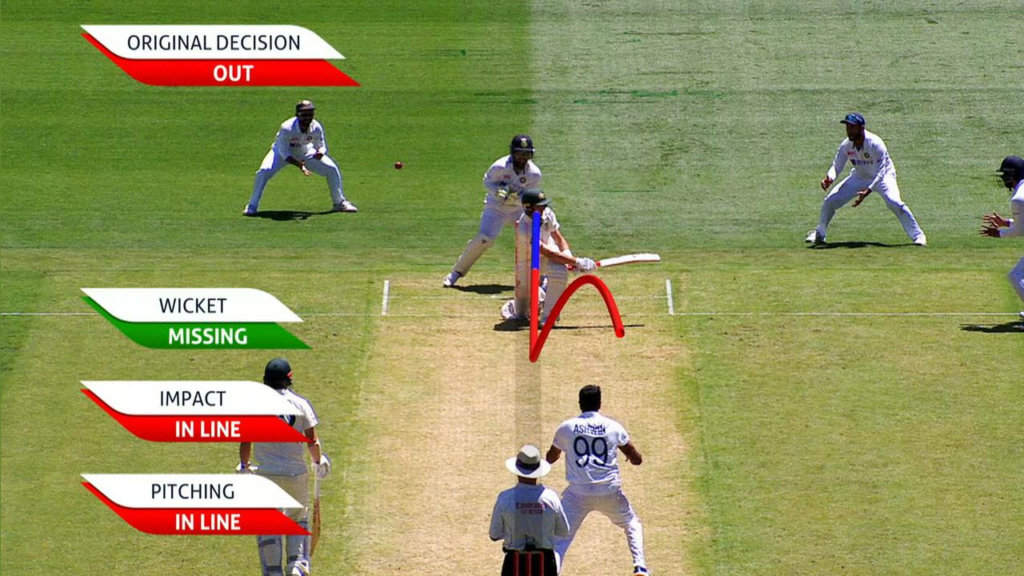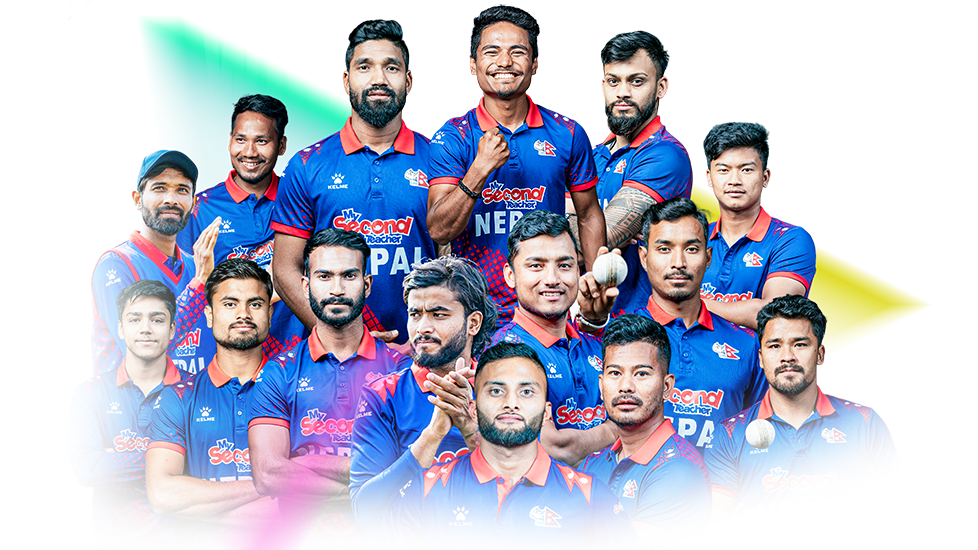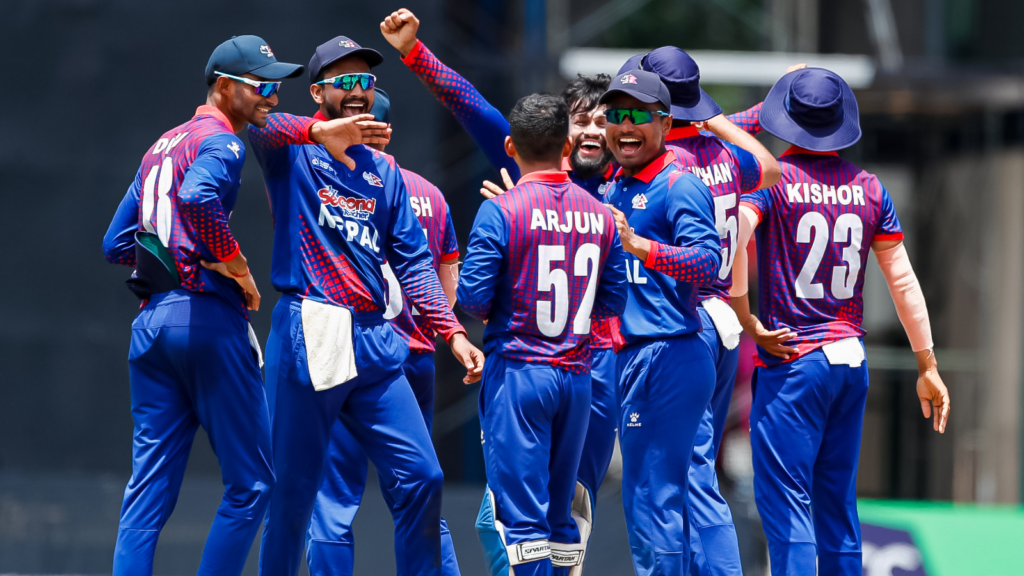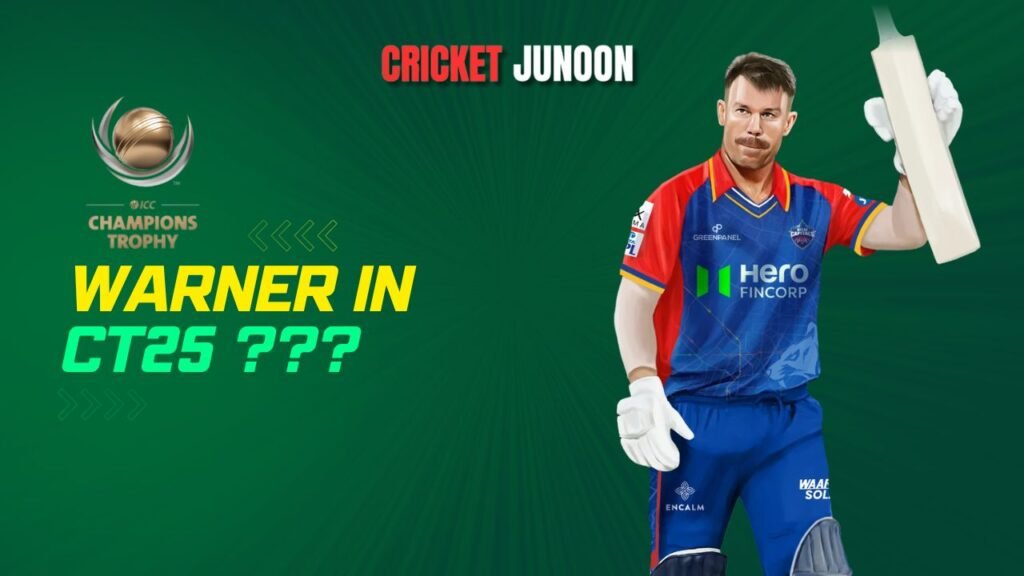Cricket, the gentleman’s sport, has constantly been a supply of fascination for many throughout the globe. With its long records and complicated policies, cricket has visible its truthful percentage of controversies and debates. However, in recent years, the introduction of technology has revolutionised the manner the sport is performed and officiated. From the appearance of Hawk-Eye to the implementation of the Decision Review System (DRS), generation has left an indelible mark on the sport, for better or for worse.
Hawk-Eye:
Imagine you’re watching a cricket match, and all of sudden the umpire increases his finger, asserting a batsman out LBW (Leg Before Wicket). The batsman appears baffled, the bowler is jubilant, and the group erupts into a frenzy of cheers and boos. But wait! What if there has been a way to understand for positive if the selection became right?
Enter Hawk-Eye, the technological marvel that has changed the manner we perceive LBW selections. No longer can we need to depend entirely on the umpire’s judgement, which, let’s accept it, can occasionally be as dependable as a coin turn. Hawk-Eye uses multiple cameras to song the trajectory of the ball and predict its path, giving both players and viewers a clearer know-how of whether or not the ball could have hit the stumps or not.
Back within the day, gamers had to take delivery of the umpire’s decision, regardless of how questionable it regarded. But now, with Hawk-Eye in play, they can venture the choice, main to a few nail-biting moments and heated debates on the field. It’s like having your very own private Sherlock Holmes to analyze whether the ball was destined for the stumps or simply taking a leisurely walk down the leg side.
Decision Review System (DRS):
Now, let’s communicate approximately DRS, the technology that has given gamers a lifeline within the face of umpiring mistakes. Picture this: a batsman nicks the ball, and the wicketkeeper lets out a thunderous appeal. The umpire, stuck inside the heat of the moment, raises his finger, sending the batsman on a long walk returned to the pavilion. But preserve your horses! What if there has been a manner to mission the choice and probably overturn it?

Enter DRS, the superhero of contentious selections. With DRS, gamers can request a review of the umpire’s choice, giving them a chance to prove their innocence or guilt, depending on which aspect of the bat they’re on. It’s like having a 2nd hazard at existence, besides in place of reincarnation, you get to live on the crease and preserve your quest for runs.
But DRS is not with out its controversies. Remember that time while a player used up all his evaluations inside the first few overs, leaving his group high and dry for the relaxation of the innings? It was like watching someone empty their wallet seeking out spare exchange, only to realize they had dropped their pockets down a storm drain.
Impact on the Game:
The impact of era in cricket is going past just making LBW decisions and run-out calls more correct. It has substantially altered how gamers and fanatics alike play and examine the game. These days, every desire is cautiously taken into consideration, every motion is tested, and each victory is greeted with a sprint of technological achievement.
But with notable strength comes tremendous responsibility, as they say. While era has undoubtedly stepped forward the equity and accuracy of decisions, it has additionally delivered a layer of complexity to the game. It’s like looking to remedy a Rubik’s dice while riding a unicycleᅳdifficult however not completely impossible.
Moreover, the advent of generation has sparked debates about the human detail of the sport. Some argue that cricket is losing its charm and unpredictability, becoming extra like a technology experiment than a recreation. But hey, who stated science couldn’t be a laugh?
The impact of generation in cricket, from Hawk-Eye to DRS, can not be overstated. It has brought approximately a brand new generation of transparency and responsibility whilst additionally posing new challenges and dilemmas for players, officials, and lovers alike. So the subsequent time you are watching a cricket fit, take a second to comprehend the wonders of technology and the quirky twists it provides to the sport. After all, cricket isn’t always just a recreation; it’s a satisfying combination of skill, method, and a sprinkle of technological magic.
Controversies in the Umpiring
Controversies surrounding decisions in cricket have been as lots part of the sport as the bat and ball themselves. Here are more than one examples from the beyond that spotlight the heated debates and contentious moments:
1. Sachin Tendulkar’s LBW Controversy:
In a test match between India and Australia in 1999, mythical Indian batsman Sachin Tendulkar found himself on the middle of a contentious LBW decision. Facing the fiery tempo of Australian bowler Glenn McGrath, Tendulkar become struck on the pad in the front of the stumps. The umpire raised his finger, sending shockwaves across the cricketing global.
Replays confirmed that the ball might have been lacking the stumps, raising doubts approximately the accuracy of the decision. However, with out the resource of technology like Hawk-Eye or DRS at that time, Tendulkar had to accept the umpire’s verdict and trudge lower back to the pavilion. The controversy sparked a fervent debate approximately the need for technology to assist umpires in making critical choices.
2. The Infamous Sydney Test of 2008:
One of the most arguable matches in cricket history opened up at some stage in the Sydney Test among India and Australia in 2008. The fit turned into marred with the aid of numerous contentious choices that left both teams and fanatics seething with anger and frustration.
One particular incident worried Indian cricketer Sourav Ganguly, who become given out caught at the back of with the aid of the umpire off the bowling of Andrew Symonds. Ganguly, visibly disgruntled, refused to walk and gestured that he hadn’t touched the ball. However, without a DRS in place to review the decision, Ganguly had no desire but to accept the umpire’s ruling, lots to the dismay of the Indian group and supporters.
The match was riddled with different questionable decisions, igniting a firestorm of controversy and highlighting the pressing want for the implementation of technology to help umpires in making accurate calls.
These examples illustrate the inherent demanding situations and controversies related to umpiring decisions in cricket. While technology like Hawk-Eye and DRS won’t put off controversy altogether, they truly offer a method to limit mistakes and make certain equity in the game. As cricket keeps to conform, so too will the mechanisms used to uphold the integrity and spirit of the sport.











2 thoughts on “The Impact of Technology in Cricket: From Hawk-Eye to Decision Review System (DRS)”